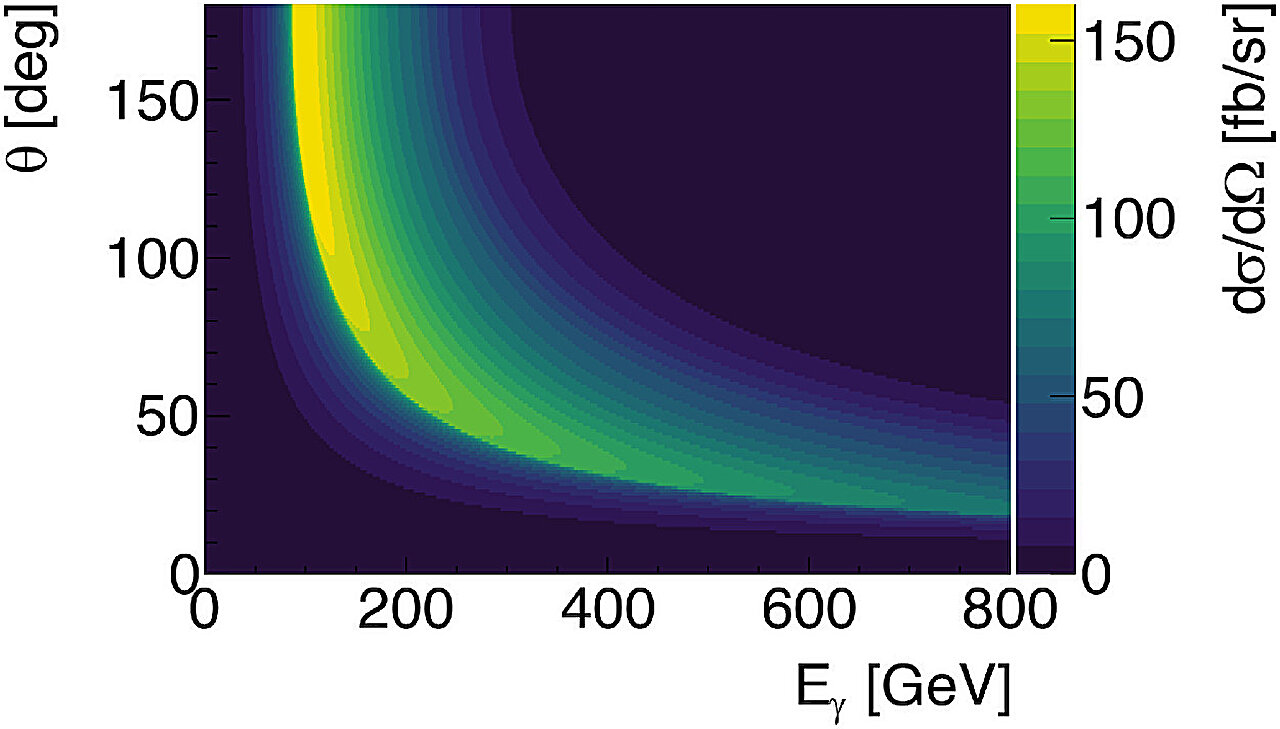For decades, scientists have gazed into the cosmos, trying to understand a hidden force that makes up most of the universe’s mass but cannot be seen. This unseen material, known as dark matter, forms nearly 27% of the universe—yet it neither emits nor absorbs light, making it seemingly invisible. Its presence is only known through gravity: dark matter keeps galaxies from flying apart, anchors cosmic structures, and silently sculpts the universe.
But what if dark matter isn’t entirely invisible after all?
A groundbreaking study from the University of York, published in Physics Letters B, challenges one of astronomy’s deepest assumptions. According to their findings, dark matter might leave behind faint, measurable traces on light—tiny shifts toward red or blue that could act as a “fingerprint” for this mysterious substance.
When Darkness Meets Light
Traditionally, scientists believed that light and dark matter never interact. Light, traveling through the vacuum of space, was thought to pass unhindered through dark matter clouds as if through nothing at all. But the new research paints a more nuanced picture.
The team at York suggests that light might acquire a subtle tint—slightly red or slightly blue—depending on the type of dark matter it encounters. These tiny color changes could hold the key to one of the greatest mysteries of modern science. If detected, they could give astronomers a completely new way to study dark matter, transforming how we observe the universe.
Dr. Mikhail Bashkanov, a physicist from the University of York, explained the excitement surrounding this finding:
“Most researchers would agree that dark matter is dark, but we have shown that even the darkest kind imaginable could still have a kind of color signature. Under the right conditions, this color might actually be detectable.”
The “Six Handshake” Rule of the Cosmos
At the heart of this research is an intriguing analogy known as the “six handshake rule”—the social concept that any two people on Earth are connected through a chain of about six acquaintances. The scientists propose a similar principle might apply to particles. Even if dark matter doesn’t directly interact with light, it could influence it indirectly through a series of intermediate particles.
One possible pathway involves WIMPs—short for weakly interacting massive particles, one of the leading dark matter candidates. These particles might connect to light through a network of intermediaries such as the Higgs boson and the top quark. Through this complex chain of interactions, light could carry a trace of dark matter’s presence—a whisper of color from an otherwise invisible world.
The Promise of Next-Generation Telescopes
Detecting such subtle effects would require instruments of extraordinary sensitivity. Fortunately, a new generation of telescopes and detectors is already being designed to observe the faintest glows and most delicate shifts in starlight.
Dr. Bashkanov believes these upcoming technologies could make the once-impossible measurable:
“With the right kind of next-generation telescopes, we could measure it. That means astronomy could tell us something completely new about the nature of dark matter, making the search for it much simpler.”
If proven correct, the implications are profound. Instead of relying solely on gravitational effects, scientists could look for optical traces of dark matter in the light streaming from distant stars and galaxies. This could narrow down where to look, what to look for, and which dark matter theories to prioritize—saving both time and resources in the global hunt for the universe’s missing mass.
A New Way to Search the Skies
The quest to understand dark matter is one of the most ambitious scientific pursuits of our time. Billions have been invested in experiments searching for dark matter particles—some hunting for WIMPs, others for more exotic candidates like axions or dark photons. Yet, so far, dark matter has remained elusive.
The York team’s discovery offers a new direction. If light truly carries subtle traces of dark matter’s presence, then astronomers could use cosmic light itself as a detector, studying its color shifts across different regions of space. This could not only help identify where dark matter is concentrated but also reveal what kind it might be.
As Dr. Bashkanov explains,
“Right now, scientists are spending billions building different experiments. Our results show we can narrow down where and how we should look in the sky, potentially saving time and helping to focus those efforts.”
The Dawn of a New Cosmic Vision
If confirmed, this theory could revolutionize astrophysics. For the first time, humanity might be able to see the unseen—to glimpse the invisible scaffolding that holds the cosmos together through the faintest hues of light.
Dark matter, long thought to be a silent and colorless shadow, might instead be quietly painting the universe with delicate tints of red and blue—hidden clues waiting to be uncovered by future telescopes.
And if those subtle fingerprints can be found, we may finally begin to understand not only what dark matter is, but how it connects to everything we see—illuminating one of the darkest corners of the universe.
More information: A. Acar et al, Dark matter: Red or blue?, Physics Letters B (2025). DOI: 10.1016/j.physletb.2025.139920






